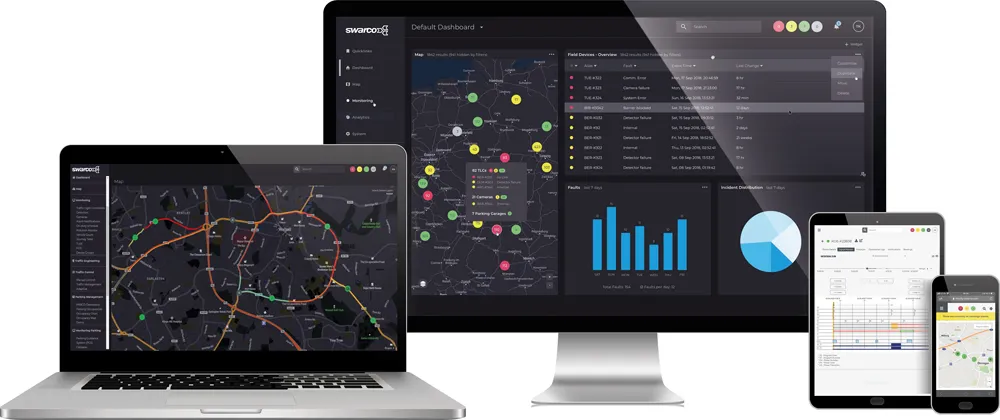
Part of its company-wide Smart +Connected Communities initiative,
While other vendors at the World Congress are focused on specific ITS solutions, Cisco builds the network infrastructure that connects the diverse devices to each other and to traffic management centres The traffic signal prioritisation solution is an example of this connectivity, making sure that infrastructure is aware of vehicles as they approach intersections and when they are still far away.
“We really make these connected networks scalable and flexible,” said Jason Dachtler, systems architect, Cisco. “It’s easy to create a solution with one cabinet, but it’s when you have thousands of cabinets spread out over a metropolitan area; that is the challenge.”
The traffic signal prioritisation solution is in the testing phase and, according to Dachtler, Cisco is pouring significant resources into end-to-end validation of the product in lab environments with partners. The result will be a Cisco-validated design that will help organisations deploy solutions based on a set of implementation guides.










